 Back to Top
Back to Top
Agricultural Modernization
Ensuring food security and incentivizing economic growth of the primary sector is key for Ethiopia. This can be achieved by modernizing agriculture through mechanization, irrigation, and increasing the use of other inputs such as fertilizers. The results show that crop yields could be raised by 50 and up to 110 percent, thus requiring less cropland expansion and improving land-use productivity. However, this will require additional inputs in the form of energy, water, pesticides and fertilizers. Furthermore, it will require significant investments in the order of 2-3 times current annual levels. The agricultural modernization theme explores these interrelations and trade-offs vis a vis climate change.
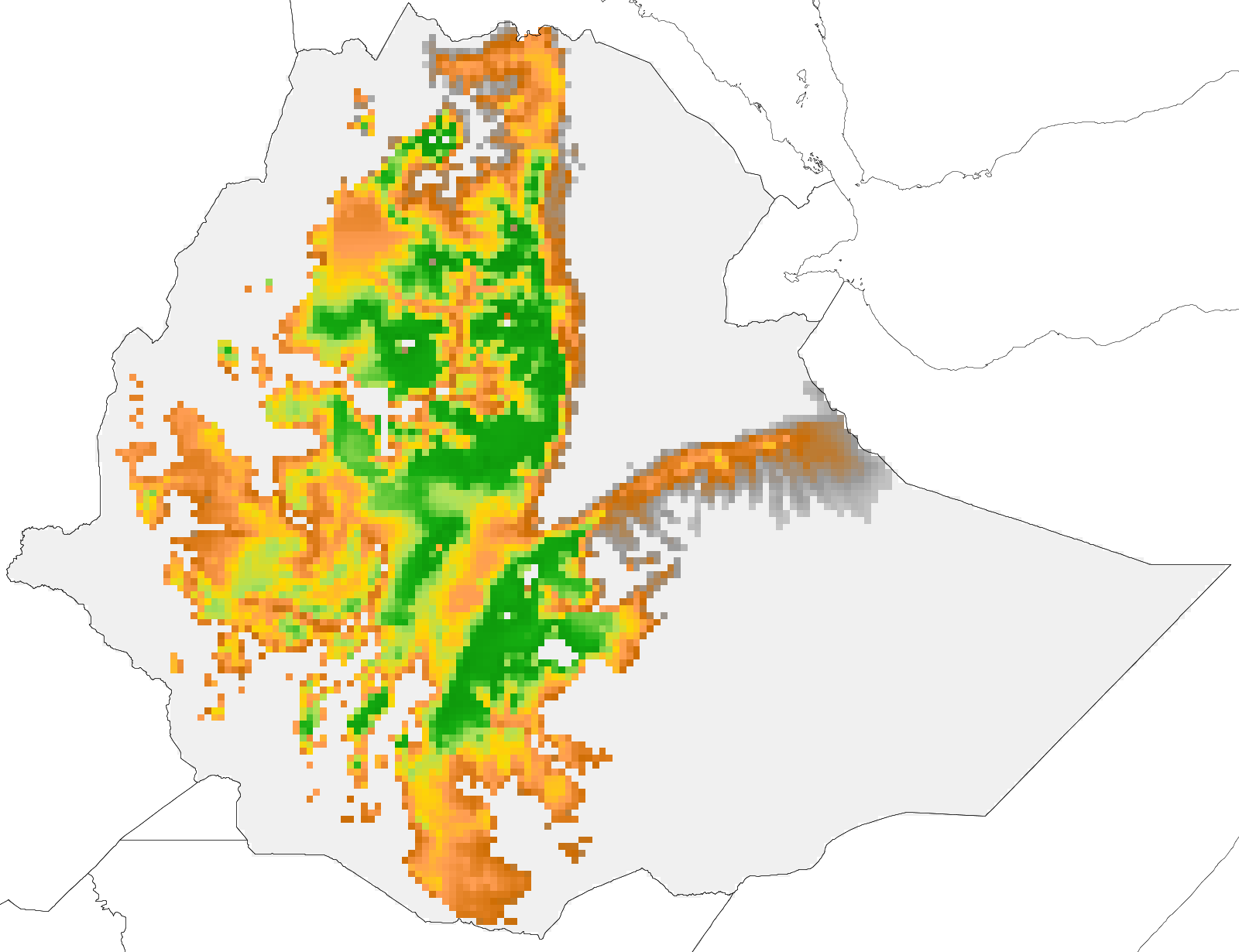
Baseline Scenario
Baseline scenario, in which 45 percent of cropland is used for subsistence farming and represents attainable yield of wheat under subsistence farming.
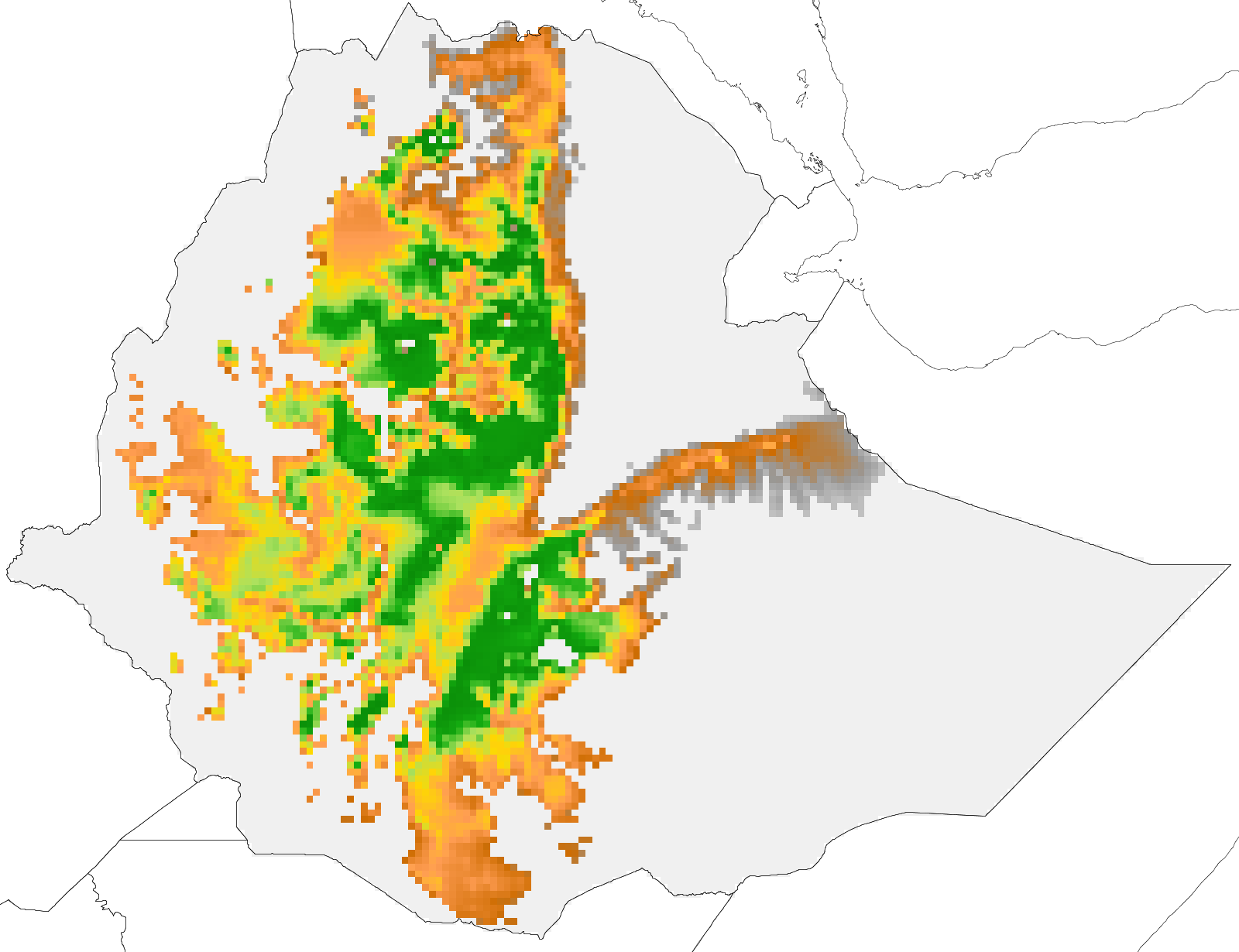
Intermediate Input Scenario
Intermediate input scenario, in which 45 percent of cropland is partially commercialized and represents attainable yield of wheat with partially commercialized agriculture.
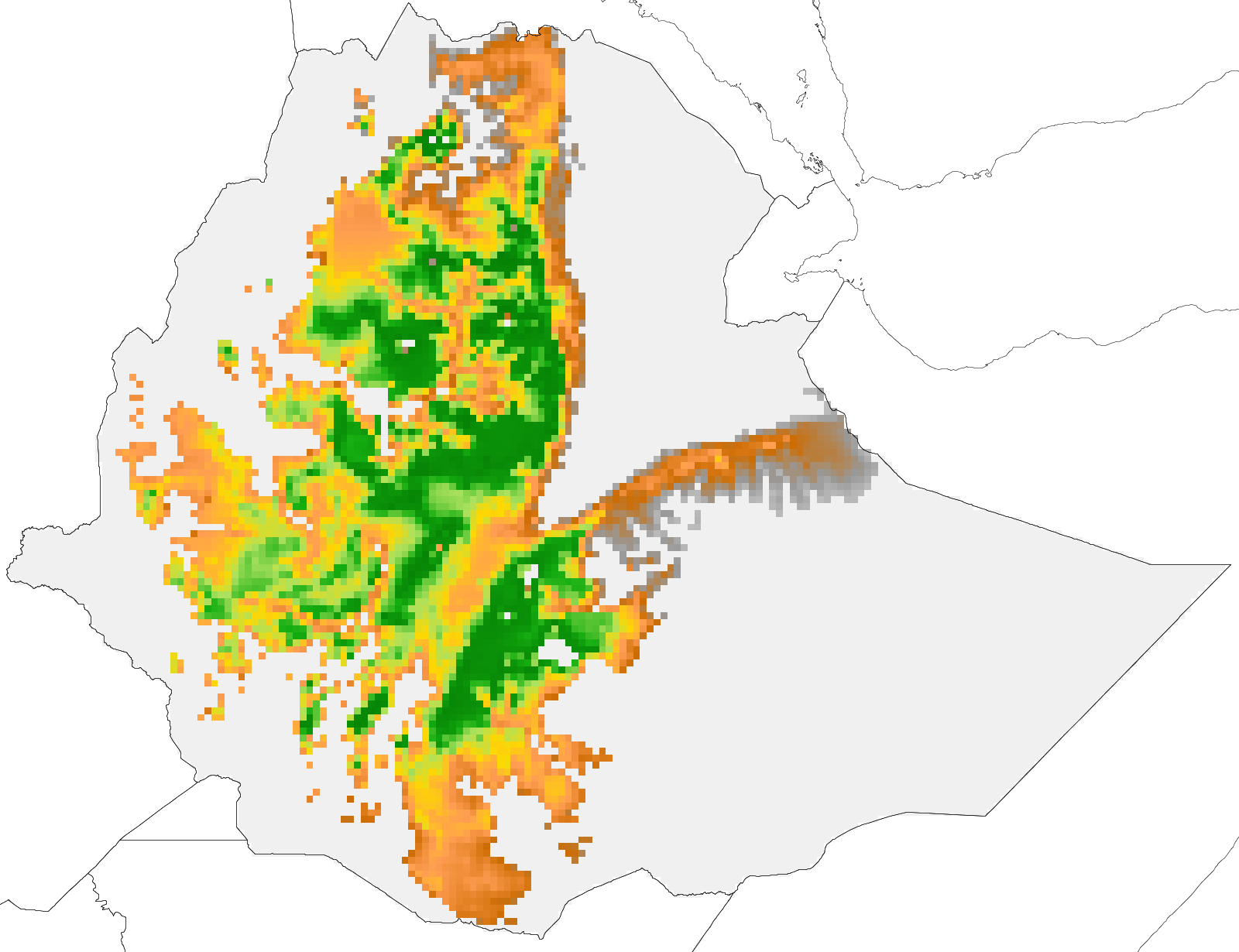
High Input Scenario
High input scenario, in which 45 percent of cropland is fully commercialized and represents attainable yield of wheat in fully commercialized agriculture.
Diet Change
Ethiopia has seen a steady reduction in malnutrition and stunting; however prevalence still remains high. Ethiopia has a low-calorie intake per capita and a diet heavily dependent on basic grains, with little dietary diversity of other nutritious foods. Improving diet composition so that the average dietary composition in 2030 matches that of Ethiopia’s richest 20 percent today, with a lower dependence on basic grains and higher share of animal products and non-cereal crops, would provide nutritional benefits for Ethiopia’s population suffering from malnourishment. However, these changes can have significant effects in domestic food production systems, specifically on land footprint, water use and CO2 emissions. This calls for an integrated assessment of natural resources to build sustainable food systems.

Baseline Scenario
The baseline scenario incorporates the national production targets for crops and animal products of the 10-year perspective plan. Under this scenario, the food basket represents 2,704 Kcal/day/person.

Fixed Food Basket Scenario
Fixed food basket scenario (2245 kcal/day/person) considers a constant per capita consumption of agricultural produce, with population growth driving the increase of production of agricultural produce.
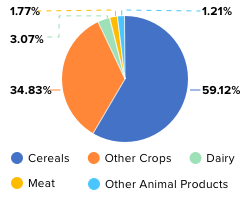
Improved Diet Scenario
Improved diets scenario (2,585 Kcal/day/person) considers a per capita consumption of agricultural products shifts towards the pattern of the richest 20 percent, with higher consumption of animal products and non-cereal crops, hence reducing reliance on cereals.
Climate Resilence
Agriculture remains highly vulnerable to climate change. Changes in temperature, rainfall patterns, harvesting cycles and increased occurrence of extreme weather events are some of the challenges that agricultural activities will face with climate change. The model explores how two representative pathways (RCP) can impact agriculture in Ethiopia. Results indicate that climate change is not likely to have severe adverse impacts on crop productivity at the national level. However, there are significant variations across the country and severe impacts are expected for certain crops and regions. It will therefore be important to consider negative regional impacts for farmers of vulnerable crops.
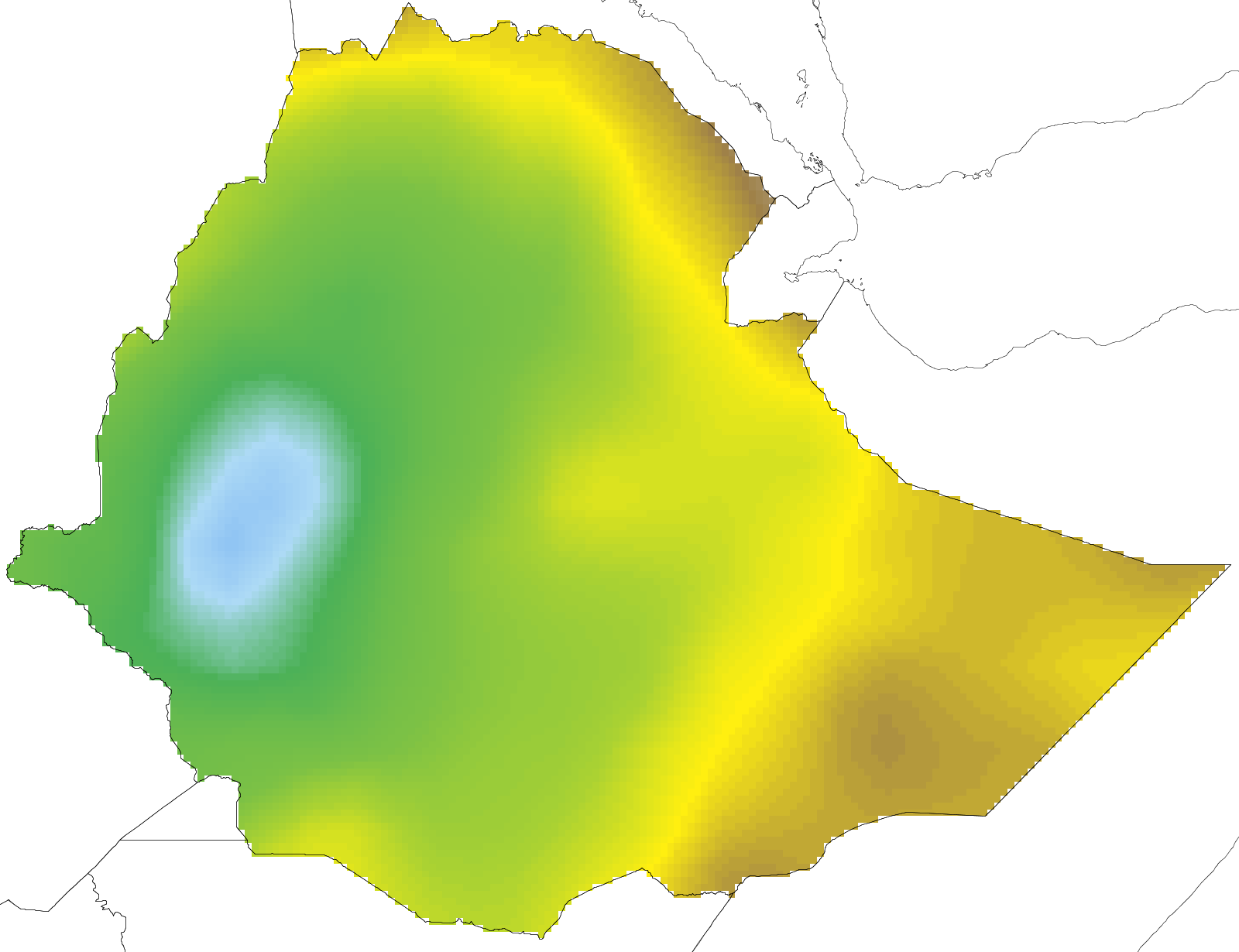
Baseline Scenario
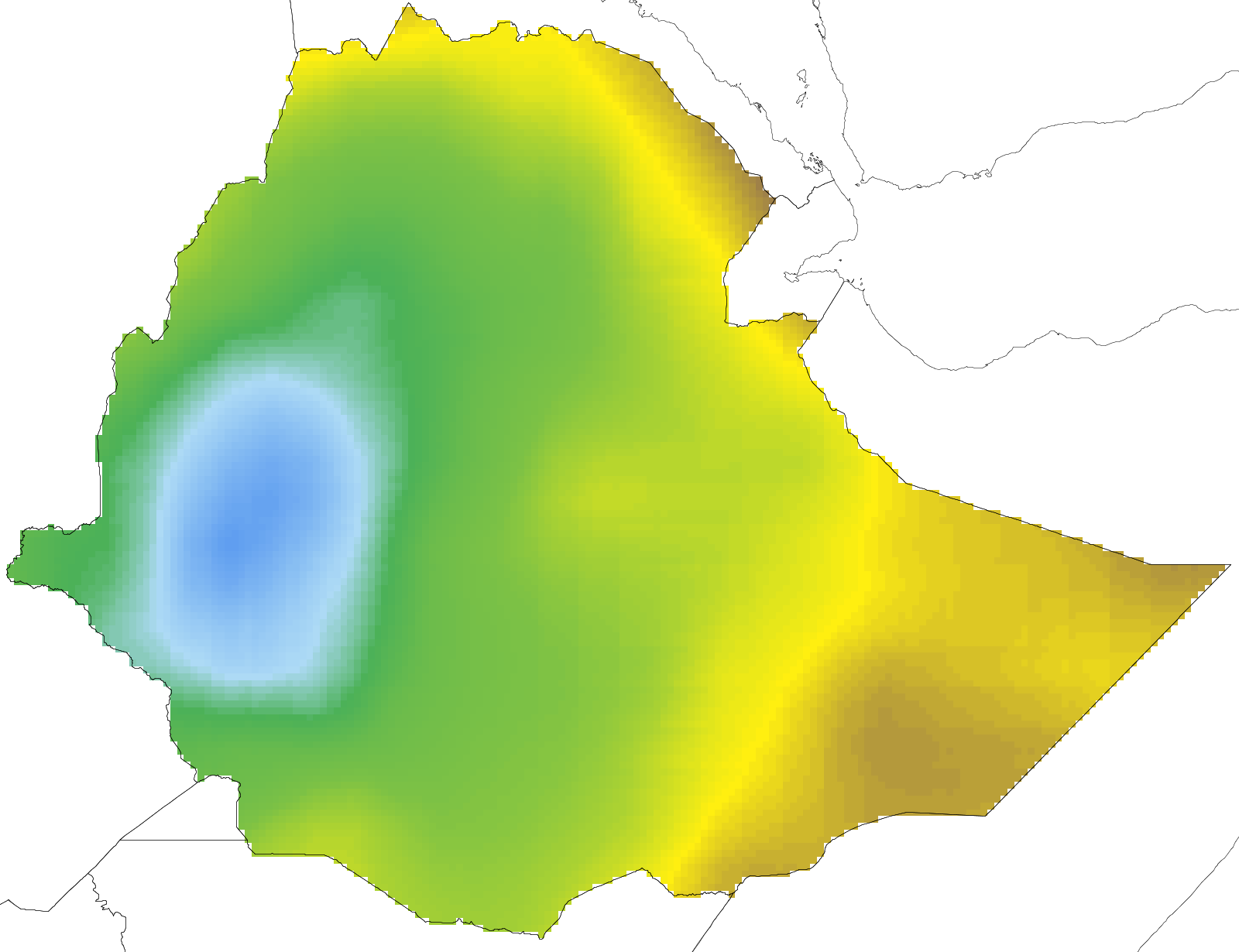
Unsustainable Global Pathway Scenario

Sustainable Global Pathway Scenario
Interlinkages Across Scenarios
Indicators in Detail

